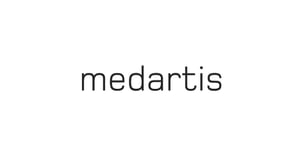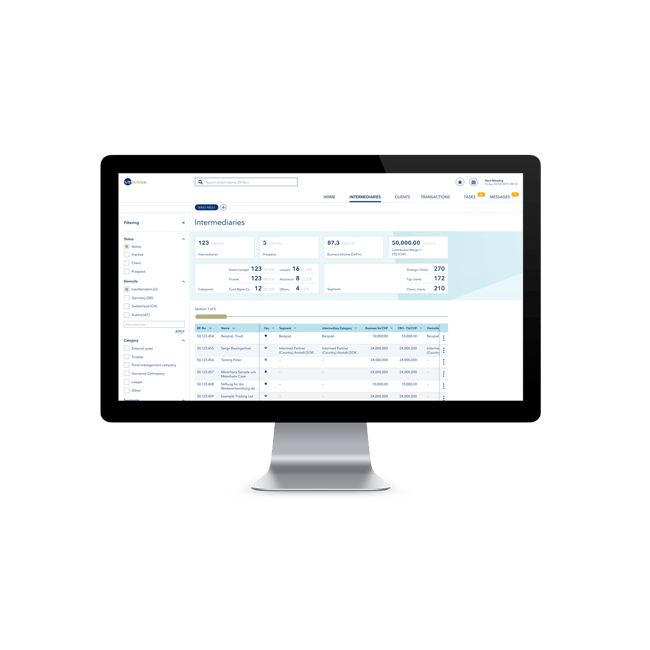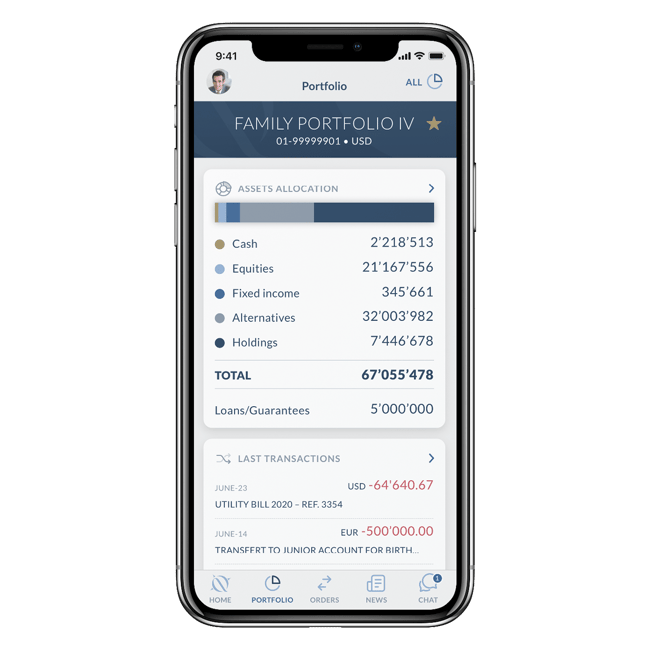Definition of problem
Medartis is the global innovation leader in implants for osteosynthesis in the fields of cranio-maxillofacial surgery as well as upper and lower extremities. Their products contribute significantly to the optimal restoration of bone fractures. This shortens the rehabilitation period for the patients and noticeably improves their quality of life. Medartis’ project team had been working on the CMX portal, a digital platform, for quite a while. This innovate product allows surgeons to check, assess and order bone implants, thus reducing the time required for manual communication between Medartis implant designers and surgeons. In addition, it reduces misunderstandings due to inaccurate models (DICOM upload) when placing orders and helps eliminate ambiguities in requirements.
The internal team had already tested and implemented some technical basics, designed some screens and defined the main use cases before our UX specialist was brought in to the project. His task was to develop a detailed and comprehensive product vision (interactive prototype) based on the existing materials together with the key people within a very short time. Medartis was looking for a highly modern design and a well thought-out, simple information architecture. This would ensure a high acceptance of the software from the very start and minimize development risks.









